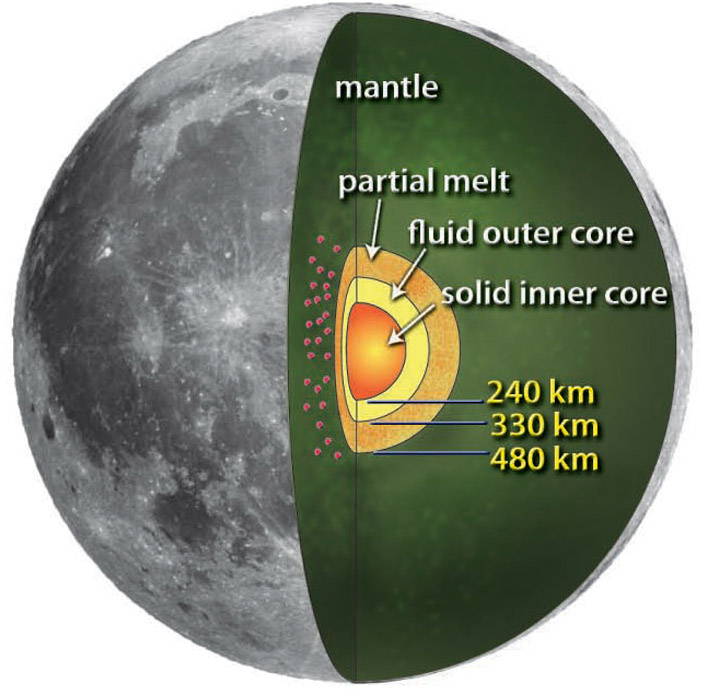Difference between revisions of "January 10, 2011"
| (4 intermediate revisions by the same user not shown) | |||
| Line 1: | Line 1: | ||
__NOTOC__ | __NOTOC__ | ||
=Core Beliefs= | =Core Beliefs= | ||
| − | + | <!-- Start of content --> | |
| − | + | <!-- ws:start:WikiTextHeadingRule:0:<h1> --> | |
| − | + | <!-- ws:start:WikiTextLocalImageRule:6:<img src="/file/view/LPOD-Jan10-11.jpg/192023412/LPOD-Jan10-11.jpg" alt="" title="" style="width: 500px;" /> -->[[File:LPOD-Jan10-11.jpg|LPOD-Jan10-11.jpg]]<!-- ws:end:WikiTextLocalImageRule:6 --><br /> | |
<em>image from [http://news.sciencemag.org/sciencenow/2011/01/at-long-last-moons-core-seen.html?rss=1 R. C. Weber et al., Science]. The red dots are measured deep moonquakes.</em><br /> | <em>image from [http://news.sciencemag.org/sciencenow/2011/01/at-long-last-moons-core-seen.html?rss=1 R. C. Weber et al., Science]. The red dots are measured deep moonquakes.</em><br /> | ||
<br /> | <br /> | ||
| Line 11: | Line 11: | ||
<br /> | <br /> | ||
<br /> | <br /> | ||
| + | <p><b>Yesterday's LPOD:</b> [[January 9, 2011|No Hole At the Pole]] </p> | ||
| + | <p><b>Tomorrow's LPOD:</b> [[January 11, 2011|Three Suns And Two Moons]] </p> | ||
<hr /> | <hr /> | ||
| − | + | {{wiki/ArticleFooter}} | |
| − | |||
| − | |||
| − | |||
Latest revision as of 13:29, 8 February 2015
Core Beliefs

image from R. C. Weber et al., Science. The red dots are measured deep moonquakes.
Deep inside the Moon was uncertainty. Was there a core? How big? Liquid or solid? Made of what? Some of these questions have now been answered based on new analyses of Apollo data collected 35-40 years ago. NASA specifically left many rock samples untouched, waiting for new analytical instruments and techniques to be invented. This policy bore fruit with the recent discoveries of water within lunar rocks, which was not detectable with the less sensitive Apollo era instrumentation. Now, in a similar example of fresh looks at old data, new techniques for analyzing moonquakes from 40 years have teased out previously hidden details. Two research groups, using different techniques, have published very similar results. The Moon does have an iron core with a radius of about 330 to 360 km. Like Earth, a liquid shell surrounds a solid central core; mushy partially melted rocks encase the entire core. This core was expected, even modeled decades ago, but this is the best evidence of its actual existence, size and composition. Think what we could do with new high tech data.
Chuck Wood
Yesterday's LPOD: No Hole At the Pole
Tomorrow's LPOD: Three Suns And Two Moons
COMMENTS?
Register, Log in, and join in the comments.



